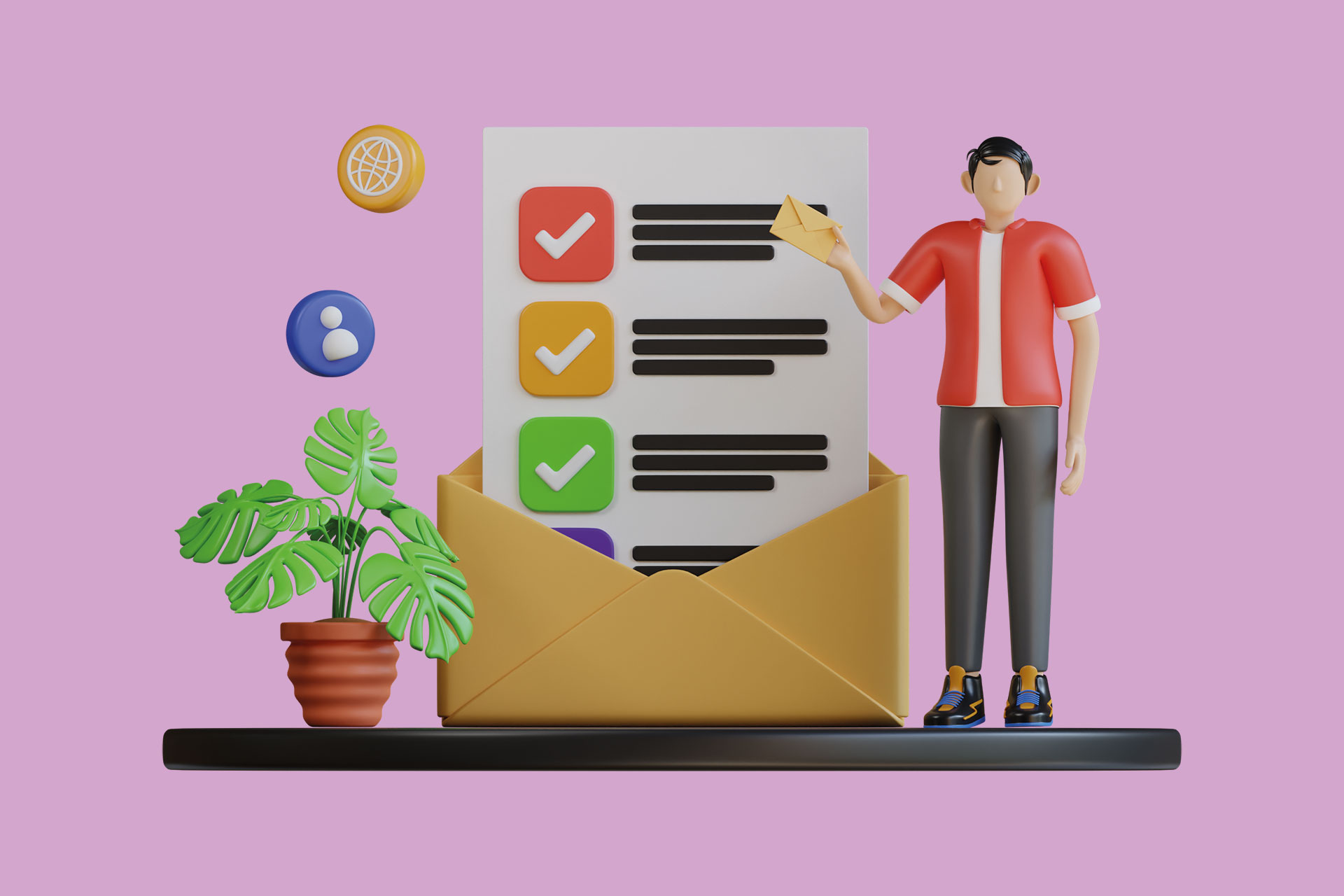
Nowadays many businesses are moving more and more to digital communication. It’s more cost-effective, it’s quick to implement. However, there are several points that should be considered when thinking about moving your customer / prospect communication to email.
Today’s email users receive more messages than they have the time to read them. They have become more aware of [apparent] spam and are increasingly sophisticated about what they are willing to spend their time reading. Subconsciously, they’ll be thinking ‘what’s in it for me?’. If the answer is ‘nothing’ or is unclear, why would they bother opening it?
Read on to find out some of the points we believe you should consider to help your message get through.
Some of your intended recipients may never even receive your email – you could have typed the address incorrectly or they could have spam filters that block your message. There are reliable web services you can use to check the ‘spam indicator’ for your message. In fact, if you use a mailing system such as MailChimp or DotMailer, you can usually check through them.
Emails that have symbols in the headline (we’ve all seen them – ‘l@@k at th!s!!!’, etc) are highly unlikely to ever get opened. Stick with standard written text. Likewise, avoid headers all in capitals – it looks like spam even if it’s a genuine customer communication. Avoid obvious spamming words such as ‘free’, ‘guarantee’, etc.
Using outlandish phrases – it can cheapen your brand and just sounds unbelievable. Watch out with this one – even simple phrases such as ‘great offer’ can be seen by some to be spamming.
There’s no point in thinking of a great header if it doesn’t fit within the visible space. You want people to take away a message about your brand even if all they read is the header and never get round to reading the message. Also, make it relevant. Think of some of the emails you read – what makes you want to read certain messages and not bother with others?
There is still some debate over the ‘leave the header blank’ suggestion. Personally we don’t like it and don’t think it does companies justice – if only for the reasons mentioned above. However, some schools of thought believe that it can increase readership as people don’t automatically dismiss it (for example, if you’re a single twenty-something renter living in an apartment and you received an email saying ‘great news for the over-60 home-owner’ you are highly unlikely to read on). However, all you’re doing there is massaging the figures – your campaign may well get a higher open rate, but in terms of relevance and effort put in, it’s not worthwhile.
As with any form of marketing communication, it’s important to put the key message up front. That way, at least if the recipient doesn’t read the full message, they’ve got the crucial point(s).
Always ensure your message has clear unsubscribe instructions.
Also remember to include a ‘Can’t read thisemail?’ link. It should always be at the top of the email – if the recipient can’t read the email they won’t take the time to scroll down to the bottom of it to find this link!
It’s also a good idea to include links for ‘Forward to a Friend’ – why not let them spread the word for you?! And also to your social media – Like on Facebook, Follow on Twitter, Connect on LinkedIn.
Any campaign you send needs to be monitored. You should always track opens, forwards, click through rates etc. Not only does this give you an indication of the relevance of your message and how widely it’s been received, but also it helps you tweak future messages (why keep on sending out a campaign if it’s just not working – research the message, the headline and / or the offer and keep revising it until it works for you). Plus, you need to be certain to keep your database updated with hard bounces and allow for unsubscribes.
And finally, if someone has opened the email on several occasions and / or clicked through on any of your links, it’d be reasonable to assume that they’re interested in you. We would suggest adding them to your prospects list for a follow up call.
Ideally, you should consider a contact strategy that encourages both digital and traditional forms of communication. Remember, we’re not all alike – whilst emails work well for some people, others abhor them. Plus, emails can of course get lost in all the ‘noise’. Think about your own inbox – you return from a morning of meetings to find another hundred emails have arrived. Where do you start? And which ones do you automatically delete without even previewing? Your customers and prospects also operate in the same way!